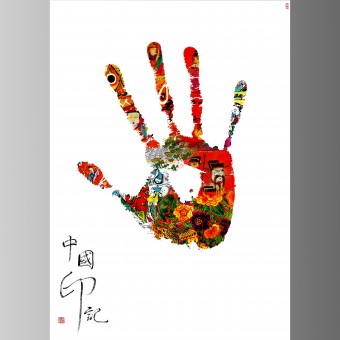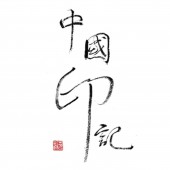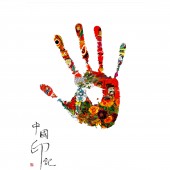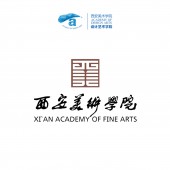Cultural Imprint A Poster by Lan Ma |
Home > |
 |
|
||||
| DESIGN DETAILS | |||||
| DESIGN NAME: Cultural Imprint PRIMARY FUNCTION: A Poster INSPIRATION: The use of handprints may also suggest an individual's touch and influence on culture, or the role of culture in shaping an individual. At the same time, it expresses the notion of passing on and sharing; just as we touch and perceive the world through our hands, culture is also perceived and experienced through transmission from one generation to the next. In addition, the vibrant colours and intricate patterns show the vitality and subtlety of Chinese culture, suggesting that it is a cultural UNIQUE PROPERTIES / PROJECT DESCRIPTION: The main design idea of this graphic is to demonstrate the diversity and depth of Chinese culture through a handprint shape combined with rich Chinese cultural elements. Embedded within the handprint are symbols of traditional Chinese paintings, theatre masks, architectural elements and flowers, which may represent art, theatre, architecture and natural beauty in Chinese culture. OPERATION / FLOW / INTERACTION: This image is a static piece of art, so it does not manipulate or transform itself. There are no interactive actions, keyframes or processing, as it is not an animation or a digital application that requires user interaction. PROJECT DURATION AND LOCATION: The project started in Xi'an in 43 2020 and was completed in August 2021 in Xi'an. It includes the study of tattoos, hand-drawing, digital image processing, and so on. FITS BEST INTO CATEGORY: Graphics, Illustration and Visual Communication Design |
PRODUCTION / REALIZATION TECHNOLOGY: Digital image processing techniques such as Adobe Photoshop or Illustrator were utilised to create and combine various Chinese cultural elements to form the handprinted images. These elements were hand-drawn by scanning traditional artworks and using digital drawing boards. SPECIFICATIONS / TECHNICAL PROPERTIES: A1 (841 x 594 mm), A2 (594 x 420 mm). Digital map high resolution to ensure clarity is maintained when printing at enlargement, 300 DPI (dots per inch). TAGS: Chinese Culture, Art Integration, Visual Innovation, Cultural Heritage, Design Diversity RESEARCH ABSTRACT: This graphic is a qualitative research project with the goal of creating a visual work that communicates the fusion of traditional Chinese art and modern design as a way to engage and educate a modern audience. The research methodology includes a literature review, analysis of traditional Chinese art elements, and may include interviews with art history experts. Data collection tools involve art databases, museum collections, and art historical literature. Participants include art historians, designers, and target audiences. CHALLENGE: One of the creative challenges in developing this project was how to combine traditional cultural elements with modern aesthetics to create a design that honours history and appeals to a contemporary audience. This required an in-depth knowledge of Chinese art and culture as well as innovative design skills to translate traditional elements. ADDED DATE: 2024-02-22 00:33:47 TEAM MEMBERS (2) : Ma Lan and IMAGE CREDITS: Image #No: Ma Lan (Xi'an Academy of Fine Arts, MaLan, Cultural Imprints, 2022. PATENTS/COPYRIGHTS: Image #No: Ma Lan (Xi'an Academy of Fine Arts, MaLan, Cultural Imprints, 2022. |
||||
| Visit the following page to learn more: https://goo.su/EtJVe | |||||
| AWARD DETAILS | |
 |
Cultural Imprint a Poster by Lan Ma is Runner-up for A' Design Award in Graphics, Illustration and Visual Communication Design Category, 2023 - 2024.· Press Members: Login or Register to request an exclusive interview with Lan Ma. · Click here to register inorder to view the profile and other works by Lan Ma. |
| SOCIAL |
| + Add to Likes / Favorites | Send to My Email | Comment | Testimonials |







